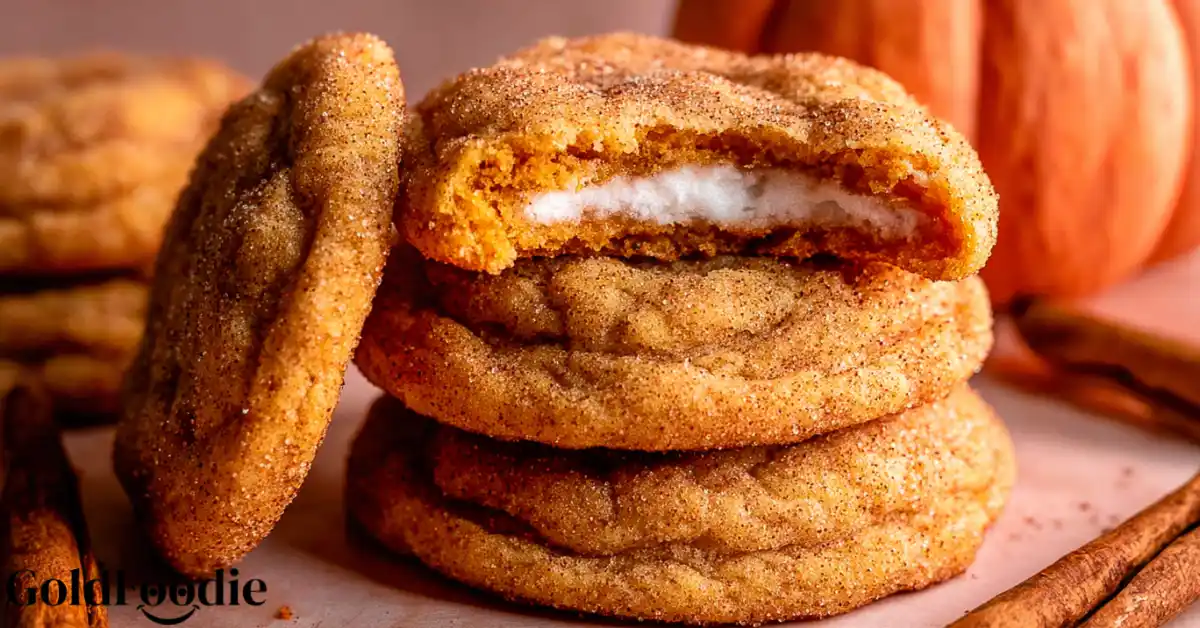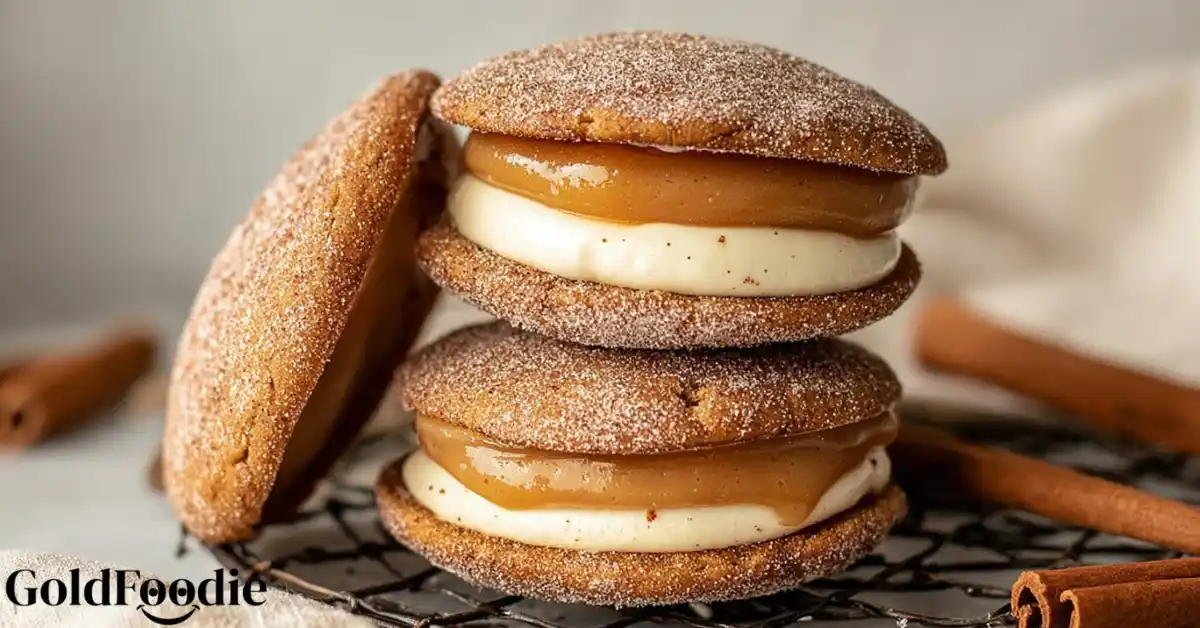Think bread is off the table with diabetes? Not so fast. Some slices can actually help stabilize your blood sugar.
For many people with diabetes, bread feels like a forbidden food. Traditional white toast and pastries can send glucose levels soaring. But not all breads are created equal. In fact, the right bread can be part of a balanced, blood sugar-friendly breakfast. In this guide, we break down what makes bread diabetic-safe, how to choose the best options, and how to build a smarter breakfast around it.
Table of Contents
Is Bread Safe for Diabetics?
The Problem with Refined Carbs
White bread and other refined grains are high on the glycemic index. They break down quickly into sugar, causing spikes in blood glucose and insulin levels.
Blood Sugar Impact of Different Bread Types
Whole grain, sprouted, or high-fiber breads digest more slowly. This helps reduce the blood sugar impact compared to highly processed alternatives.
Understanding the Glycemic Index and Load
The glycemic index measures how fast a food raises blood sugar. Glycemic load also accounts for serving size. Choosing bread with a low glycemic load can help keep levels more stable.
Dr. David Fung (a recognized expert in type 2 diabetes and author), about blood sugar and breads: “You can see the effect of this on the glycemic index, which measures how quickly bread spikes your glucose,” he said. White bread has a very high GI of 73, while machine‑ground whole wheat is not much better, at 70… To counteract this effect, Fung recommended choosing… Ezekiel bread (sprouting process lowers GI to about 36), sourdough bread… rye bread”
What Makes Bread Diabetic-Friendly?
Key Ingredients to Look For
Fiber is your friend. Choose bread made with whole grains, flax, seeds, or legumes. Look for at least 3 grams of fiber and 5 grams of protein per slice.
Sprouted Grains, Sourdough, and Keto Breads
Sprouted grain bread contains more nutrients and is easier to digest. Sourdough has a lower glycemic response due to its fermentation. Keto breads often use almond or coconut flour and have very low carbs.
Carbohydrate Count and Portion Control
Even healthy bread needs moderation. Aim for slices with fewer than 15 grams of net carbs. Stick to one or two slices and pair with protein or fat.
5 Best Breads for Diabetics at Breakfast
Ezekiel Bread (Sprouted Grain)
Made from sprouted wheat, barley, and lentils, this bread is high in protein and fiber. It has no added sugar and a low glycemic impact.
Low-Carb Flax Bread
Rich in omega-3s and fiber, flax bread is dense and satisfying. Ideal for people following a lower-carb diet.
Almond Flour Bread
Often used in keto baking, almond flour bread is low in carbs and high in healthy fats. It pairs well with savory toppings.
Thin-Sliced 100 Percent Whole Wheat
Some commercial brands offer thin slices with whole grain and no added sugars. These provide good texture and fiber without overloading on carbs.
Sourdough with Resistant Starch
Naturally fermented sourdough has beneficial bacteria and a gentler blood sugar effect. Choose versions made with whole wheat or rye.
You’ll Also Love
➤ Low-Carb High-Protein Breakfasts for Diabetics
➤ High-Protein Diabetic for Breakfasts
➤ Low-Carb Diabetic Breakfasts Without Eggs
Balanced Breakfast Ideas Using Bread
Avocado Toast with Hemp Seeds
Top a slice of whole grain bread with mashed avocado and a sprinkle of hemp seeds. This combo delivers healthy fats and plant-based protein.
Nut Butter on Sprouted Toast with Chia
Spread almond butter on a slice of Ezekiel bread and add chia seeds for texture and blood sugar control.
Open-Faced Turkey and Arugula Sandwich
Use a thin slice of low-carb bread, layer turkey breast and greens, and drizzle with olive oil for a satisfying breakfast sandwich.
Cottage Cheese and Tomato on Sourdough
Scoop cottage cheese onto toasted sourdough and add tomato slices. Sprinkle black pepper for flavor.
Frequently Asked Questions (FAQ)
Is gluten-free bread better for blood sugar?
Not always. Some gluten-free breads contain rice flour or starches that spike blood sugar. Always check the label.
How much bread is safe in one meal?
Stick to one or two slices and stay under 30 grams of total carbs. Pair with protein and fiber to slow digestion.
Can I eat toast every day if I am diabetic?
Yes, as long as you choose a low-glycemic bread and pair it with protein or fat. Portion control is key.
Diabetes Nutrition Specialist | Healthy Diet Advocate | Founder of GoldFoodie.
My passion for nutrition began with a deeply personal journey supporting my father through his battle with diabetes. Watching his daily struggles made me realize how powerful the right food choices can be in improving quality of life. That experience drove me to dedicate my career to helping others live healthier, more balanced lives.








15 thoughts on “Best Breads for Diabetics”